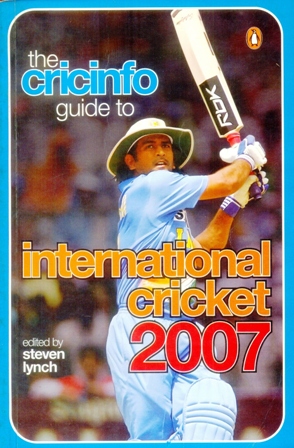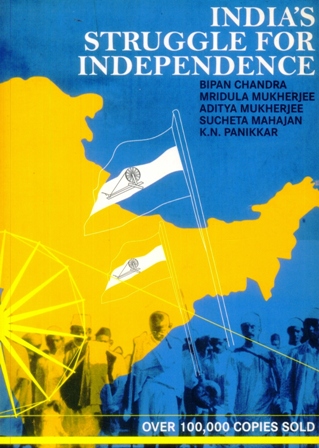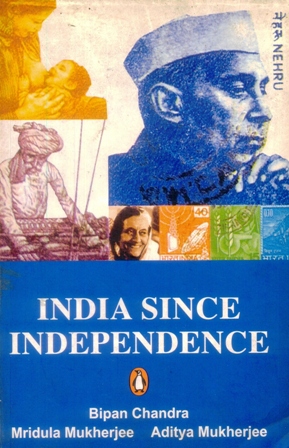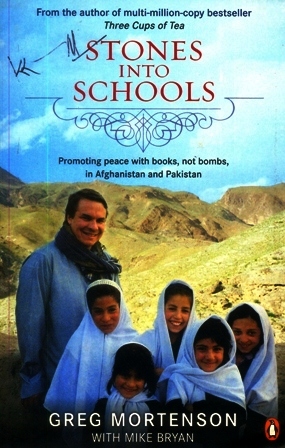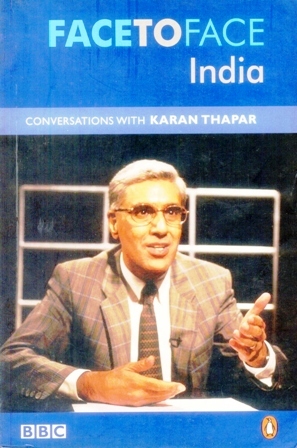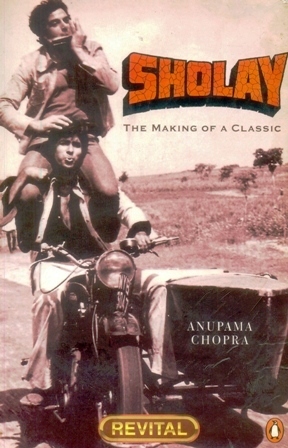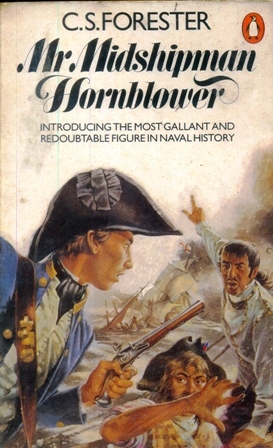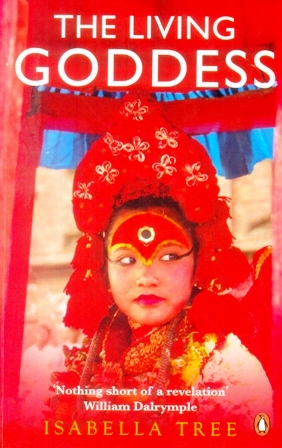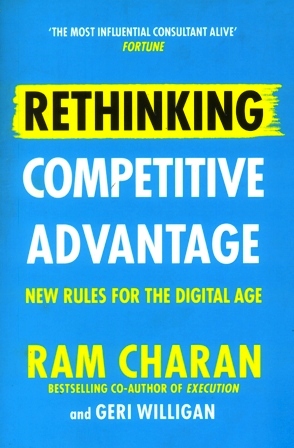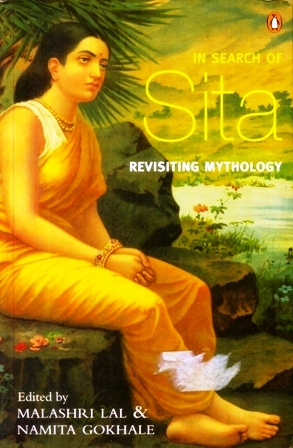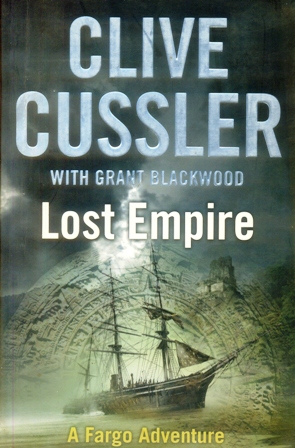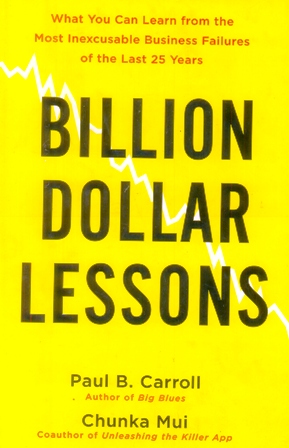-
The Forty Rules of Love
*The international bestseller from the author of the Booker-shortlisted novel, 10 Minutes 38 Seconds in this Strange World** One of the BBC's '100 Novels that Shaped the World'* "Every true love and friendship is a story of unexpected transformation. If we are the same person before and after we loved, that means we haven't loved enough..." Ella Rubinstein has a husband, three teenage children, and a pleasant home. Everything that should make her confident and fulfilled. Yet there is an emptiness at the heart of Ella's life - an emptiness once filled by love. So when Ella reads a manuscript about the thirteenth-century Sufi poet Rumi and Shams of Tabriz, and his forty rules of life and love, her world is turned upside down. She embarks on a journey to meet the mysterious author of this work.It is a quest infused with Sufi mysticism and verse, taking Ella and us into an exotic world where faith and love are heartbreakingly explored. . . 'Enlightening, enthralling. An affecting paean to faith and love' Metro'Colourfully woven and beguilingly intelligent' Daily Telegraph'The past and present fit together beautifully in a passionate defence of passion itself' The TimesElif Shafak's latest novel The Island of Missing Trees is available for pre-order now Read less
-
Beach Read
About the Author Emily Henry is the author of the butterfly-inducing romantic comedies Beach Read and You & Me on Vacation, both of which were New York Times bestsellers. She studied creative writing at Hope College and now lives and writes in the American Midwest. She has featured in Prima, Elle, Woman & Home, The Independent (among others) and Jodi Picoult calls her 'my newest automatic-buy author.' Book Lovers is her third novel. --This text refers to the paperback edition. Review Beach Read is exactly the witty, charming and swoony novel we always want; it also happens to be the unexpected wallop of emotional wisdom and sly social commentary we need right now. I adored it -- Julia Whelan, author of 'My Oxford Year' A smart, witty, warm, sexy novel ... Perfect escapism. I loved this book from the first page and can't wait to read more from Emily Henry -- Emma Murray, author of 'Time Out' A great escapist beach read but so much more as well. Emily writes beautifully, almost poetically in places and I will certainly look out for her work in the future. 5 stars! -- Julie Houston, author of 'A Village Affair' A clever and witty novel that will make your nerve-endings sigh with happiness -- Debbie Viggiano, author of 'Willow's Wedding Vows' I would say this book is so much more than "just a beach read" but to do so would completely miss the point! As January reminds the reader and the perfectly-painted Gus alike, romantic comedies take skill, heart and guts to traverse the depths of what it means to fall in love - and Emily Henry makes sure this book has it all -- Elizabeth Neep, author of 'The Spare Bedroom' Beach Read has everything the title promises - a romping plot, family secrets, and the thrill of falling in love. I cannot wait to read what Henry writes next -- Amy E. Reichert, author of 'The Optimist’s Guide to Letting Go' What a fantastic read! An absolute page turner, full of love, laughter and romance -- Katie Ginger, author of 'Spring Tides at Swallowtail Bay' --This text refers to an alternate kindle_edition edition.
-
India's Struggle for Independence: 1857-1947
India's struggle for independence Indias struggle for Independence by Bipin Chandra is your go to book for an in-depth and detailed overview on Indian independence movement . Indian freedom struggle is one of the most important parts of its history. A lot has been written and said about it, but there still remains a gap. Rarely do we get to hear accounts of the independence from the entire country and not just one region at one place. This book fits in perfectly in this gap and also provides a narration on the impact this movement had on the people. Bipin Chandras book is a well-documented history of India's freedom struggle against the British rule. It is one of the most accurate books which have been painstakingly written after thorough research based on legal and valid verbal and written sources. It maps the first war of independence that started with Mangal Pandeys mutiny and witnessed the gallant effort of Sri Rani Laxmi Bai. Many of the pages of this book are dedicated to Mahatma Gandhis non-cooperation and the civil disobedience movements. It contains detailed description of Subash Chandra Boses weapon heavy tactics and his charisma. This book includes all the independence movements and fights, irrespective of their size and impact, covering India in its entirety. Although these movements varied in means and ideas, but they shared a common goal of independence. This book contains oral and written narratives from different parts of the country, making this book historically rich and diverse. The book captures the evolution of Indian independence struggle in full detail and leaves no chapter of this story untouched. This book is a good read for the students of Indian modern history and especially for students who are preparing for UPSC examination and have taken History as their subject. This book is easily available online and you can purchase it at A now About the author Bipin Chandra was one of the most respected historians of our times. Between 2004 and 2012, he was the chairman of National Book Trust. Economic and political history of India was his area of specialization. He was also one of the leading authorities on Mahatma Gandhi. The author also remained the General President of National History Congress 1985. He was a professor at JNU, New Delhi and also taught at Hindu College. Some of his other works included The Rise and Growth of Economic Nationalism.
-
India Since Independence
The story of the forging of India, the world’s largest democracy, is a rich and inspiring one. This volume, a sequel to the best-selling India’s Struggle for Independence, analyses the challenges India has faced and the successes it has achieved in the light of its colonial legacy and century-long struggle for freedom. It covers the framing of the Constitution and the evolution of the Nehruvian political and economic agenda and basics of foreign policy; the consolidation of the nation and contentious issues like party politics in the Centre and the states, the Punjab problem, and anti-caste politics and untouchability. These, along with objective assessments of Jawaharlal Nehru, Indira Gandhi, Jayaprakash Narayan, Lal Bahadur Shastri, Rajiv Gandhi, Vishwanath Pratap Singh, Atal Bihari Vajpayee and Manmohan Singh, constitute a remarkable overview of a nation on the move.
-
The Villa
New York Times bestselling author Nora Roberts exposes a proud family’s deadly secrets in this passionate tale of two Napa Valley rivals...PR executive Sophia Giambelli loves her job and has never worried about competition. For three generations, her family’s wines have been world-renowned for their quality. But things are about to change at Villa Giambelli. Tereza, the matriarch, has announced a merger with the MacMillan family’s winery—and Sophia will be assuming a new role. As a savvy businesswoman, Sophia knows she must be prepared for anything...but she isn’t prepared for Tyler MacMillan. They’ve been ordered to work together very closely, to facilitate the merger. Sophia must teach Ty the finer points of marketing—and Ty, in turn, shows her how to get down and dirty, to use the sun, rain, and earth to coax the sweetest grapes from the vineyard. As they toil together, both in and out of the fields, Sophia is torn between a powerful attraction and a professional rivalry. At the end of the season, the course of the company’s future—and the legacy of the villa—may take an entirely new direction. And when acts of sabotage threaten both the family business and the family itself, Sophia’s quest will be not only for dominance, but also for survival.
-
Easy
Easy is a New York Times bestseller - a must-read in the New Adult genre for everyone who loves Slammed by Colleen Hoover or Breathe by Abbi Glines. Deeply romantic and utterly gripping, Tammara Webber's Easy is not to be missed. When Jacqueline follows her long-term boyfriend to college, the last thing she expects is a breakup. After two weeks in shock she wakes up to her new reality: she's single, ignored by former friends, and failing a class for the first time in her life. Leaving a party alone, she is assaulted. Rescued by a stranger in the right place at the right time, she just wants to forget that night. But when her attacker turns stalker she has to make a choice: crumple in defeat or learn to fight back. Her savior proves protective and intriguing, but he's hiding secrets of his own. Suddenly, knowing who to trust is anything but easy.
-
Stones Into Schools
In this dramatic first-person narrative, Greg Mortenson picks up where Three Cups of Tea left off in 2003, recounting his relentless, ongoing efforts to establish schools for girls in Afghanistan; his extensive work in Azad Kashmir and Pakistan after a massive earthquake hit the region in 2005; and the unique ways he has built relationships with Islamic clerics, militia commanders, and tribal leaders even as he was dodging shootouts with feuding Afghan warlords and surviving an eight-day armed abduction by the Taliban. He shares for the first time his broader vision to promote peace through education and literacy, as well as touching on military matters, Islam, and women - all woven together with the many rich personal stories of the people who have been involved in this remarkable two-decade humanitarian effort.
-
Bougainvillea House
Thrilling to the psychological core…What a corker of a book'— Outlook Clarice Aranxa has come to Bougainvillea House to die. But there will be no peace here, nor quiet surrender, as long-forgotten memories are brutally revived. And even as Clarice grows weaker by the day from the ravages of motor neuron disease, her violent past is mirrored in a series of unexplained deaths.
-
Forever is a Lie
The best thing happened to her . . . but in the worst way possible . . .Prisha Srivastav turned eighteen two months back. Hailing from Faridabad, shestudies mass communication in Bengaluru. She meets a mysterious man,double her age, who goes by the name 'the mean monster' in the Bengaluruparty circuit. Intrigued, she pursues him and falls for him. However, there's aproblem. Prisha doesn't know he kills the one who loves him. Literally.From the master of twists, Novoneel Chakraborty, comes another beguiling taleof dark romance and thrill that won't let you put the book down till the last page.
-
The Plague
The Plague by Albert Camus is an extraordinary odyssey into the darkness and absurdity of human existence. 'On the morning of April 16, Dr Rieux emerged from his consulting-room and came across a dead rat in the middle of the landing.' It starts with the rats. Vomiting blood, they die in their hundreds, then in their thousands. When the rats are all gone, the citizens begin to fall sick. Like the rats, they too die in ever greater numbers. The authorities quarantine the town. Cut off, the terrified townspeople must face this horror alone. Some resign themselves to death or the whims of fate. Others seek someone to blame or dream of revenge. One is determined to escape. But a few, like stoic Dr Rieux, stand together to fight the terror. A monstrous evil has entered their lives but they will never surrender to it. They will resist the plague. 'A matchless fable of fear, courage and cowardice' Independent Albert Camus was born in Algeria in 1913. He studied philosophy in Algiers and then worked in Paris as a journalist. He was one of the intellectual leaders of the Resistance movement and, after the War, established his international reputation as a writer. His books include The Plague, The Just and The Fall, and he won the Nobel Prize for Literature in 1957. Camus was killed in a road accident in 1960.
-
Wuthering Heights And Poems
Wuthering Heights is commonly thought of as "romantic", but try rereading it without being astonished by the extremes of physical and psychological violence' Jeanette Winterson Emily Brontë's novel of impossible desires, violence and transgression is a masterpiece of intense, unsettling power. It begins in a snowstorm, when Lockwood, the new tenant of Thrushcross Grange on the bleak Yorkshire moors, is forced to seek shelter at Wuthering Heights. There he discovers the history of the tempestuous events that took place years before: the intense passion between the foundling Heathcliff and Catherine Earnshaw, her betrayal of him and the bitter vengeance he now wreaks on the innocent heirs of the past.
-
The Myth of Sisyphus
In this profound and moving philosophical statement, Camus poses the fundamental question: Is life worth living? If human existence holds no significance, what can keep us from suicide? As Camus argues, if there is no God to give meaning to our lives, humans must take on that purpose themselves. This is our 'absurd' task, like Sisyphus forever rolling his rock up a hill, as the inevitability of death constantly overshadows us. Written during the bleakest days of the Second World War, The Myth of Sisyphus argues for an acceptance of reality that encompasses revolt, passion and, above all, liberty. This volume contains several other essays, including lyrical evocations of the sunlit cities of Algiers and Oran, the settings of his great novels The Outsider and The Plague . Albert Camus is the author of a number of best-selling and highly influential works, all of which are published by Penguin. They include The Fall , The Outsider and The First Man . He is remembered as one of the few writers to have shaped the intellectual climate of post-war France, but beyond that, his fame has been international.
-
Sholay: The Making Of A Classic
National Award Winner: 'Best Book On Film' Year 2000. Film Journalist Anupama Chopra Tells The Fascinating Story Of How A Four-Line Idea Grew To Become The Greatest Blockbuster Of Indian Cinema. Starting With The Tricky Process Of Casting, Moving On To The Actual Filming Over Two Years In A Barren, Rocky Landscape, And Finally The First Weeks After The Film'S Release When The Audience Stayed Away And The Trade Declared It A Flop, This Is A Story As Dramatic And Entertaining As Sholay Itself. With The Skill Of A Consummate Storyteller, Anupama Chopra Describes Amitabh Bachchan'S Struggle To Convince The Sippys To Choose Him, An Actor With Ten Flops Behind Him, Over The Flamboyant Shatrughan Sinha; The Last-Minute Confusion Over Dates That Led To Danny Dengzongpa'S Exit From The Fim, Handing The Role Of Gabbar Singh To Amjad Khan; And The Budding Romance Between Hema Malini And Dharmendra During The Shooting That Made The Spot Boys Some Extra Money And Almost Killed Amitabh.
-
Travels with Charley in Search of America
An intimate journey across America, as told by one of its most beloved writers To hear the speech of the real America, to smell the grass and the trees, to see the colors and the light—these were John Steinbeck's goals as he set out, at the age of fifty-eight, to rediscover the country he had been writing about for so many years. With Charley, his French poodle, Steinbeck drives the interstates and the country roads, dines with truckers, encounters bears at Yellowstone and old friends in San Francisco. Along the way he reflects on the American character, racial hostility, the particular form of American loneliness he finds almost everywhere, and the unexpected kindness of strangers.
-
The Happy Return
Sailing the frigate "Lydia" in South American waters, Captain Hornblower has orders to sink the "Natividad", a Spanish two-decker. But this proves the least of his worries, for he is also commanded to aid the revolutionary El Supremo, a madman whose bestialities stagger the Spanish authorities.
-
Mr Midshipman Hornblower
The first Horatio Hornblower Tale of the Sea 1793, the eve of the Napoleonic Wars, and Midshipman Horatio Hornblower receives his first command . . . As a seventeen-year-old with a touch of sea sickness, young Horatio Hornblower hardly cuts a dash in His Majesty's navy. Yet from the moment he is ordered to board a French merchant ship in the Bay of Biscay and take command of crew and cargo, he proves his seafaring mettle on the waves. After a character-forming duel, several deadly chases and some dramatic captures and escapes, the young Hornblower is soon forged into a formidable man of the sea. This is the first of eleven books chronicling the nautical adventures of C. S. Forester's inimitable hero, Horatio Hornblower. Featuring an exclusive introduction by Bernard Cornwell, creator of Sharpe 'Absolutely compelling. One of the great masters of narrative' San Francisco Chronicle
-
Lord Hornblower
1813, and Horatio Hornblower is propelled toward the heart of the French Empire and his old enemy, Napoleon . . . Sir Horatio Hornblower has received strict and highly confidential orders from the highest rank: he must embark upon a grave and perilous mission to recapture the Flame in the Bay of Seine, where the brutal and foul-tempered Lieutenant Augustine Chadwick is being held prisoner by a mutinous crew. Rescuing the Lieutenant demands all of Horatio's spirit and seafaring prowess - for at the same time, he must contend with capturing two French cargo vessels and take part in negotiations to topple the faltering Napoleon once and for all . . . This is the ninth of eleven books chronicling the adventures of C.S. Forester's inimitable nautical hero, Horatio Hornblower.
-
Rethinking Competitive Advantage
From the million-copy-bestselling author of Execution'The most influential consultant alive.' FortuneWelcome to the age of big tech. The old rules no longer apply.How do companies build a competitive advantage in the digital age? In this lively, accessible guide, Ram Charan - million-copy-bestselling author and advisor to some of the world's top CEOs - reveals that the tech giants have radically rewritten the rules of business. If you want to win, you need to learn to play a new game.Delving into the inner workings of the likes of Netflix, Amazon and Alibaba, Charan uncovers the six unwritten rules that make the digital giants thrive: from how they use digital platforms and create corporate 'ecosystems', to the way they approach team organisation and moneymaking. But these rules are not the preserve of Silicon Valley. Charan shows that they can be applied to any company that wants to be competitive. And with stories of how traditional companies like Disney, Walmart, and BMW have adopted them, he offers a practical toolbox for applying them to your business, starting today.Whether you're a C-suite executive or a fledgling entrepreneur, your company can succeed in the digital age. This book will show you how.'One of the world's preeminent counselors to CEOs.' Harvard Business Review
-
In Search of Sita: Revisiting Mythology
Sita is one of the defining figures of Indian womanhood, yet there is no single version of her story. Different accounts coexist in myth, literature and folktale. Canonical texts deify Sita while regional variations humanize her. Folk songs and ballads connect her timeless predicament to the daily lives of rural women. Modern-day women continue to see themselves reflected in films, serials and soap operas based on Sita’s narrative. Sacrifice, self denial and unquestioning loyalty are some of the ideals associated with popular perceptions of Sita. But the Janaki who symbolized strength, who could lift Shiva’s mighty bow, who courageously chose to accompany Rama into exile and who refused to follow him back after a second trial, is often forgotten. However she is remembered, revered or written about, Sita continues to exert a powerful influence on the collective Indian psyche. In Search of Sita presents essays, conversations and commentaries that explore different aspects of her life. It revisits mythology, reopening the debate on her birth, her days in exile, her abduction, the test by fire, the birth of her sons and finally her return to the earth—offering fresh interpretations of this enigmatic figure and her indelible impact on our everyday lives.
-
Lost Empire
Lost Empire is the second phenomenal FARGO Adventure from international bestseller, Clive Cussler. Some treasures are best left buried . . . Scuba diving off the Tanzanian coast, husband-and-wife treasure-hunting team, Sam and Remi Fargo discover a huge ship's bell, covered in cryptic carvings. But as they struggle to first recover the bell and then decode its clues, they find they are not alone in wanting to discover its secrets. When news of the find is publicised, Mexican President Quauhtli Garza is forced to act. He knows that this bell comes from a former Confederate ship that sank off the African coast and he fears that the discovery of a missing piece of a Quetzalcoatl statuette, which was aboard the ship, will undermine his plans for Mexico's future. With Garza determined to stop the Fargos investigation at all costs, the couple are drawn into a deadly conspiracy that connects the 1883 Krakatoa explosion with an attempt to resurrect the fallen Aztec empire ... Clive Cussler, author of the celebrated Dirk Pitt novels Arctic Drift and Crescent Dawn, presents the second in the series following the adventures of treasure hunters Sam and Remi Fargo. Lost Empire is the second of the FARGO Adventures; Spartan Gold is the first. Praise for Clive Cussler: 'Clive Cussler is hard to beat' Daily Mail
-
Billion Dollar Lessons
Analyzes the costly mistakes of companies throughout the past quarter century to counsel business professionals on what not to do, in a guide that profiles key strategy failures and challenges popular beliefs about leadership, luck, and effective execution. 25,000 first printing.



